Did you know: a teaspoon of garden soil can contain billions of bacteria, fungi, and other microorganisms! And most of these microorganisms are things you actually want in your soil, because given the right conditions, they can form beneficial relationships with the plants you’re trying to grow.
How do you know if it’s happening? Simply pull up one of your pea plants or bean plants and take a closer look at its roots. Do you see any small white sacs like these?
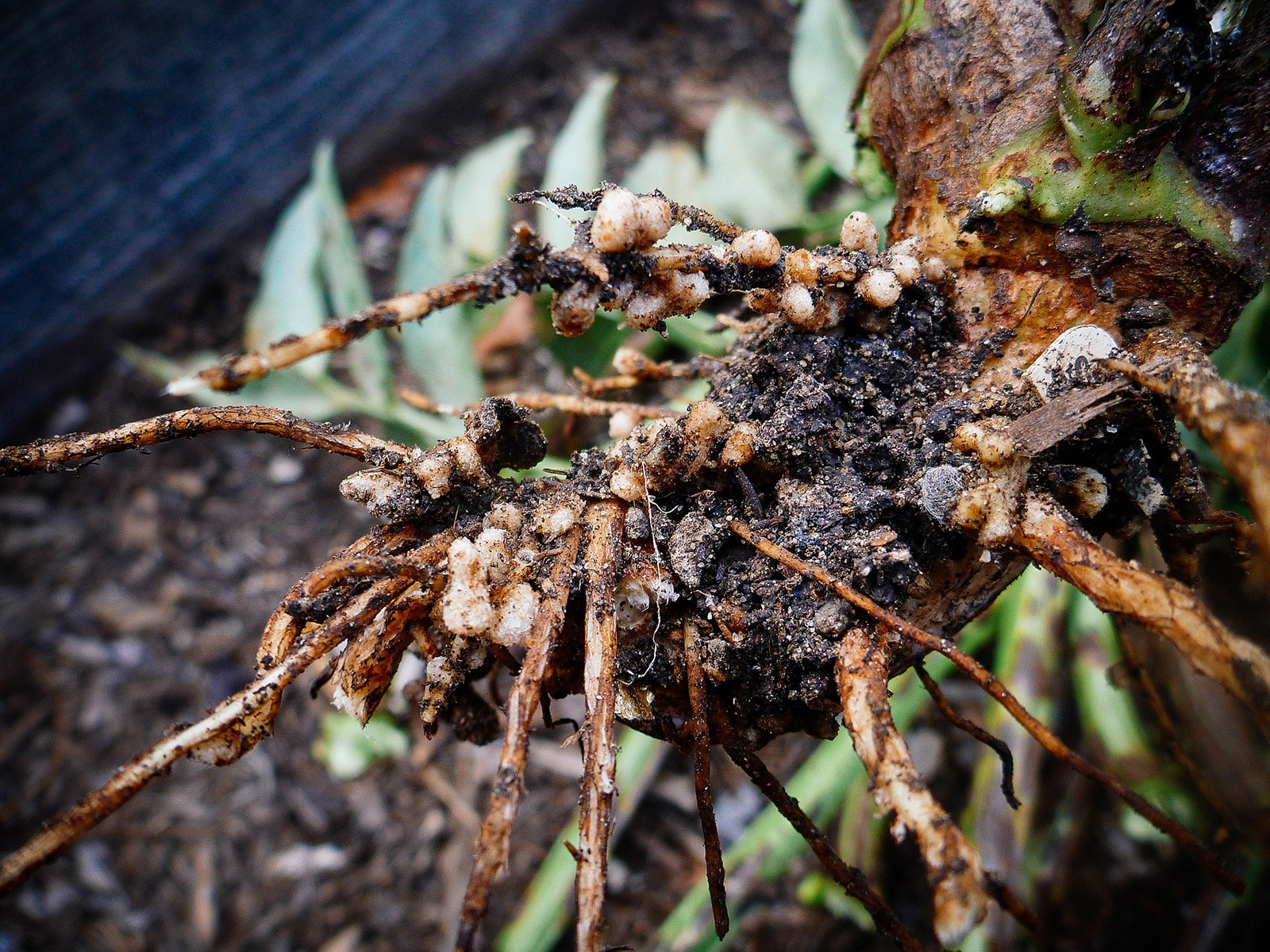
Those white sacs are known as nodules, and they’re formed by a naturally occurring strain of soil bacteria called Rhizobium.
Rhizobia and their host plants in the legume family (Leguminosae and Fabaceae) enjoy a symbiotic relationship where the rhizobia help the plants fix nitrogen in the soil, and in return, the plants provide all the nutrients necessary for the rhizobia to survive.
Does your soil contain rhizobia?
But what if you don’t see any root nodules? Or you’re not growing any legumes? If you’re wondering whether rhizobia bacteria are living in your soil right now, the short answer is: it depends.
If you’re starting a garden from scratch with virgin soil and have never had anything growing in it, or you built a no-dig garden bed with organic materials or you just put it through soil solarization, there probably won’t be any rhizobia in it.
But most soils (and I’m talking about real soil, not dirt—which is devoid of microorganisms) that have (or had) plants growing in them usually contain native strains of rhizobia, though they vary widely in their ability to fix nitrogen.
Factors that influence the amount of nitrogen fixed include the specific rhizobia strain infecting the plant, amount of nitrogen already in the soil, plant growth, soil temperature, and other environmental stressors like drought or nutrient deficiency.
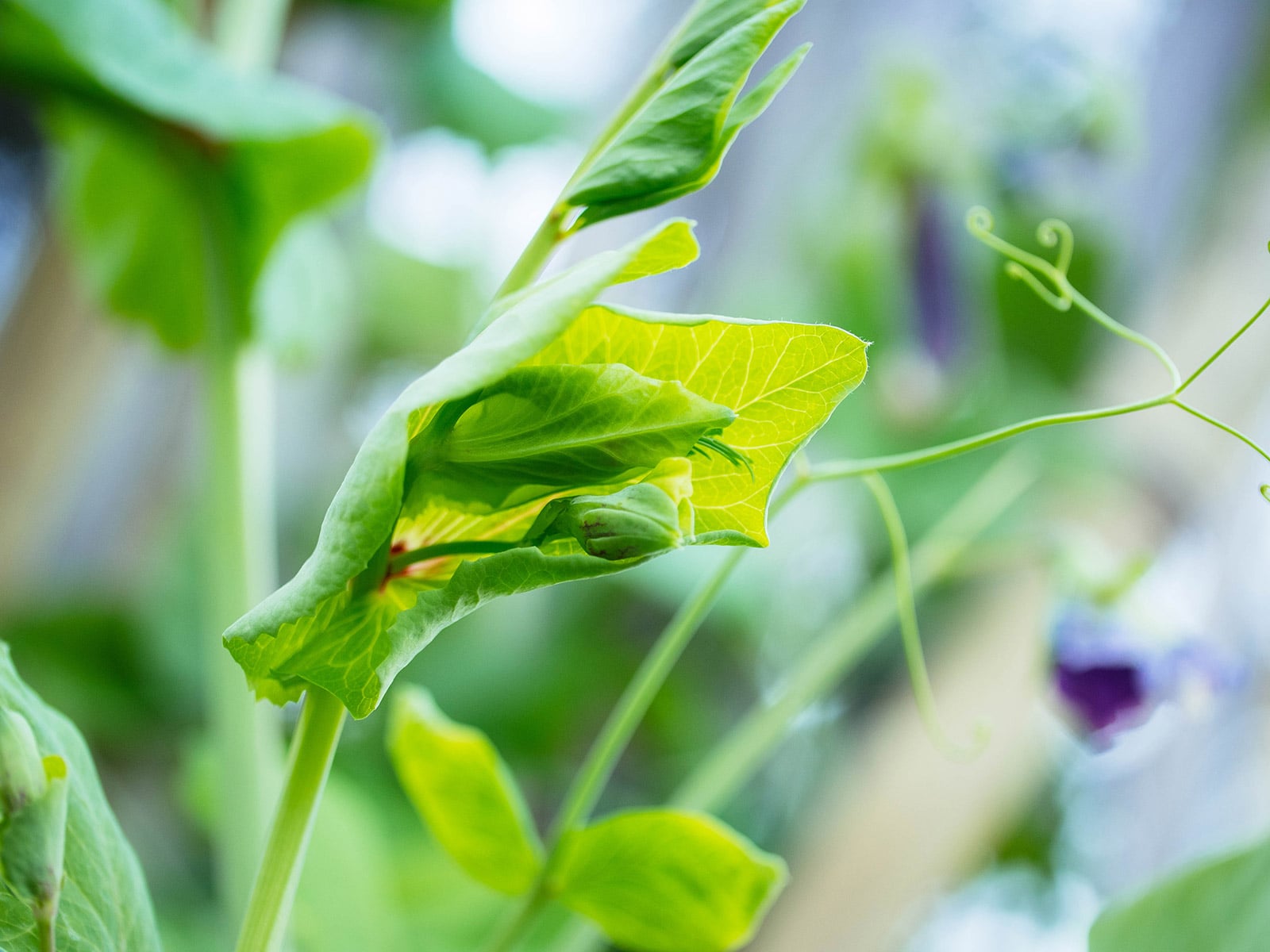
Most legumes associate with a certain strain of rhizobia that maximizes nitrogen fixation. So even if the bacteria are already living in your soil, they might not be the most effective for fixing nitrogen.
Less effective strains of rhizobia may form many small nodules but fix very little nitrogen, whereas more effective strains produce fewer but larger nodules that have dark pink centers (indicating healthy, active nodules).
This is where soil inoculants can help
A soil inoculant is a type of bacteria added to the soil to “seed” the soil and populate it with the most effective strains of rhizobia.
Soil inoculants are used when planting peas and beans to ensure the most compatible rhizobia strains are available when the plants start growing. By pre-seeding your soil with the correct rhizobia, you increase the chances of the bacteria multiplying and fixing large amounts of nitrogen to boost plant growth and replenish soil fertility.
Use inoculants if you’ve never grown peas or beans in an area before, or if it’s been a few years since you last grew these crops in the soil. You’ll especially want to inoculate the seeds of overwintering Austrian winter peas and other edible cover crops in the legume family to maximize their soil-building benefits.
Disclosure: If you shop from my article or make a purchase through one of my links, I may receive commissions on some of the products I recommend.
Where to buy
Legume inoculants
How to inoculate peas and beans
The type of inoculant used for peas and beans is Rhizobium leguminosarum.
You’ll want to keep this in mind when buying inoculant, as you’ll also find inoculants meant to maximize the nitrogen-fixing potential of clover, vetch, alfalfa, lentils, and peanuts. Some versions are even multi-purpose or combination inoculants, so they contain several strains of bacteria to infect a wide range of legumes.
Inoculants come in a powdery or granular form and there are several easy ways to apply them. You can:
- Moisten the seeds with water (you can even soak your seeds to speed up germination), then roll the seeds in inoculant until they’re covered with a generous coat of powder.
- Moisten the seeds with water, then put the seeds and some inoculant in a plastic zip-top bag and shake until the seeds are well coated.
- Spread the seeds across a shallow dish (like a pie pan) and fill with just enough water to barely submerge the seeds (about 1/8 inch to 1/4 inch). Liberally sprinkle the inoculant over the seeds and stir to thoroughly coat them.
- Or, sprinkle inoculant into your planting rows or planting holes after placing your seeds or transplants.
In all instances, the inoculant needs to be as close as possible to the root area of the crop. If there’s any inoculant (or inoculant-filled water) left over, I like to sprinkle the rest over the seeds before I cover them with soil.
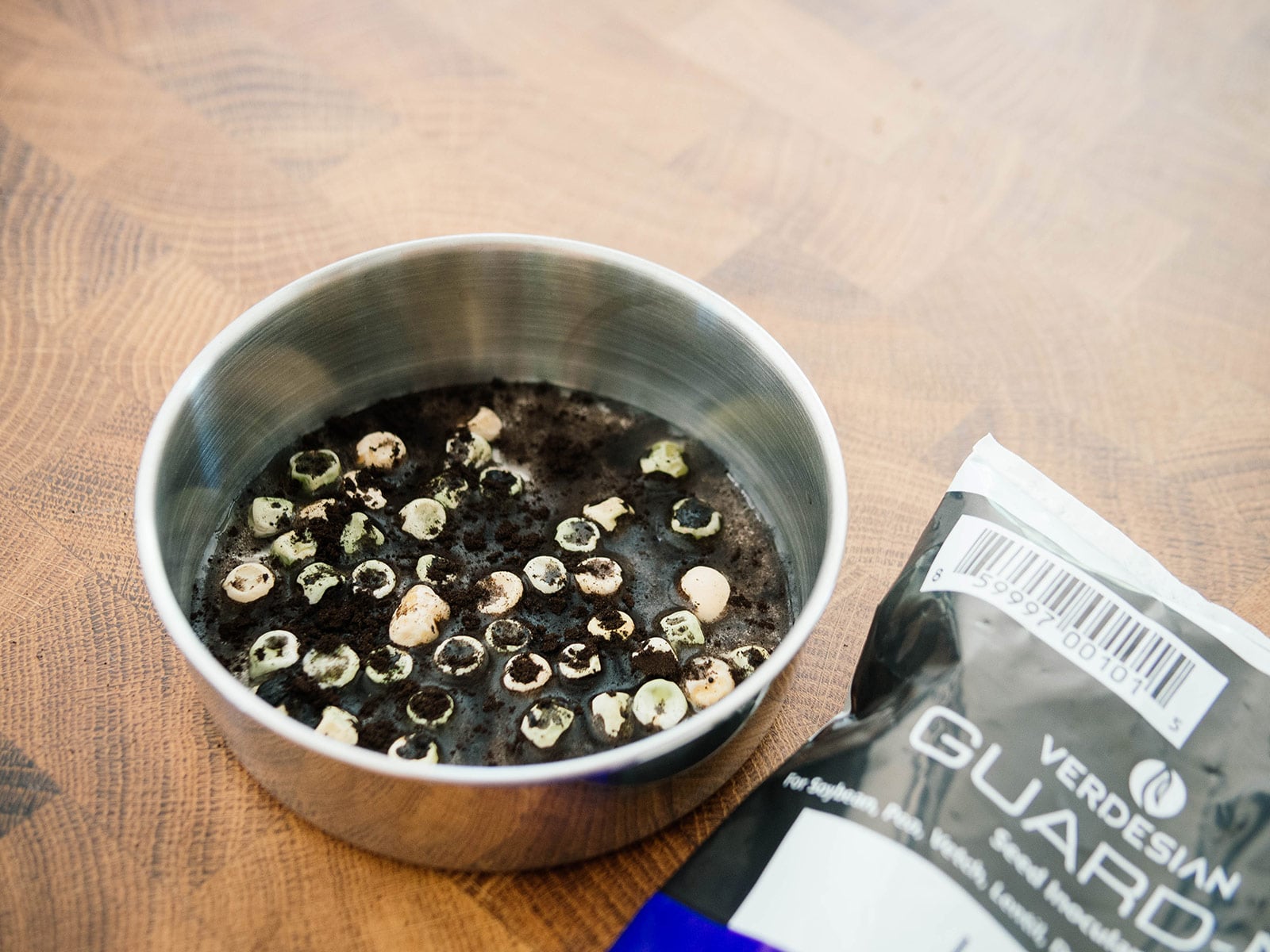
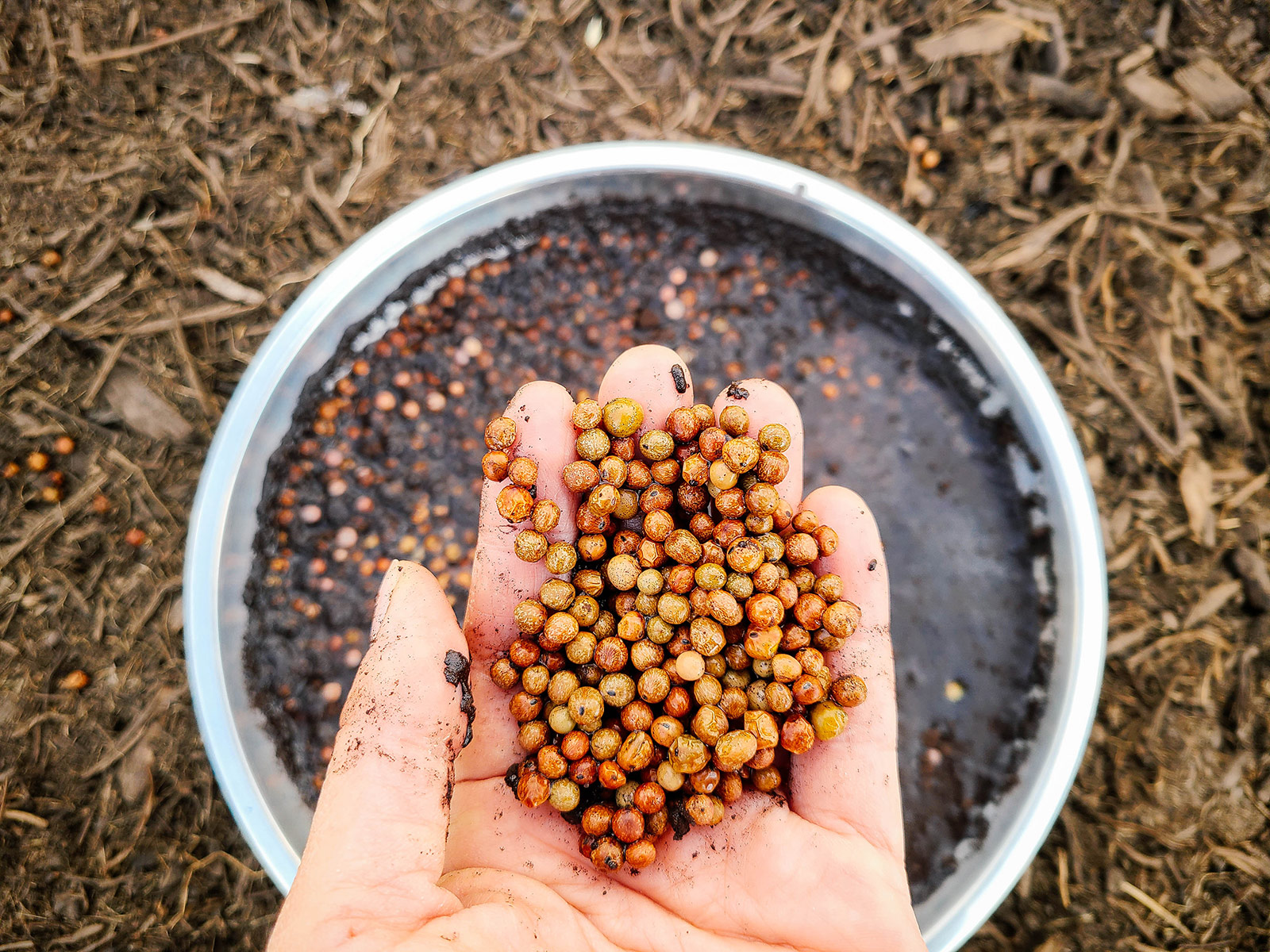
The good thing is, you cannot over-inoculate, so it’s better to use more than you think you need. Just make sure you don’t use too little!
Since inoculants contain live soil-dwelling bacteria, they do have a shelf life. Always check the expiration date of any inoculant you buy or any inoculant you reuse the following season. Don’t leave inoculants (or inoculated seeds) in the sun and don’t store the inoculant in an uninsulated shed in the middle of summer.
Frequently asked questions
This post updated from an article that originally appeared on November 29, 2012.


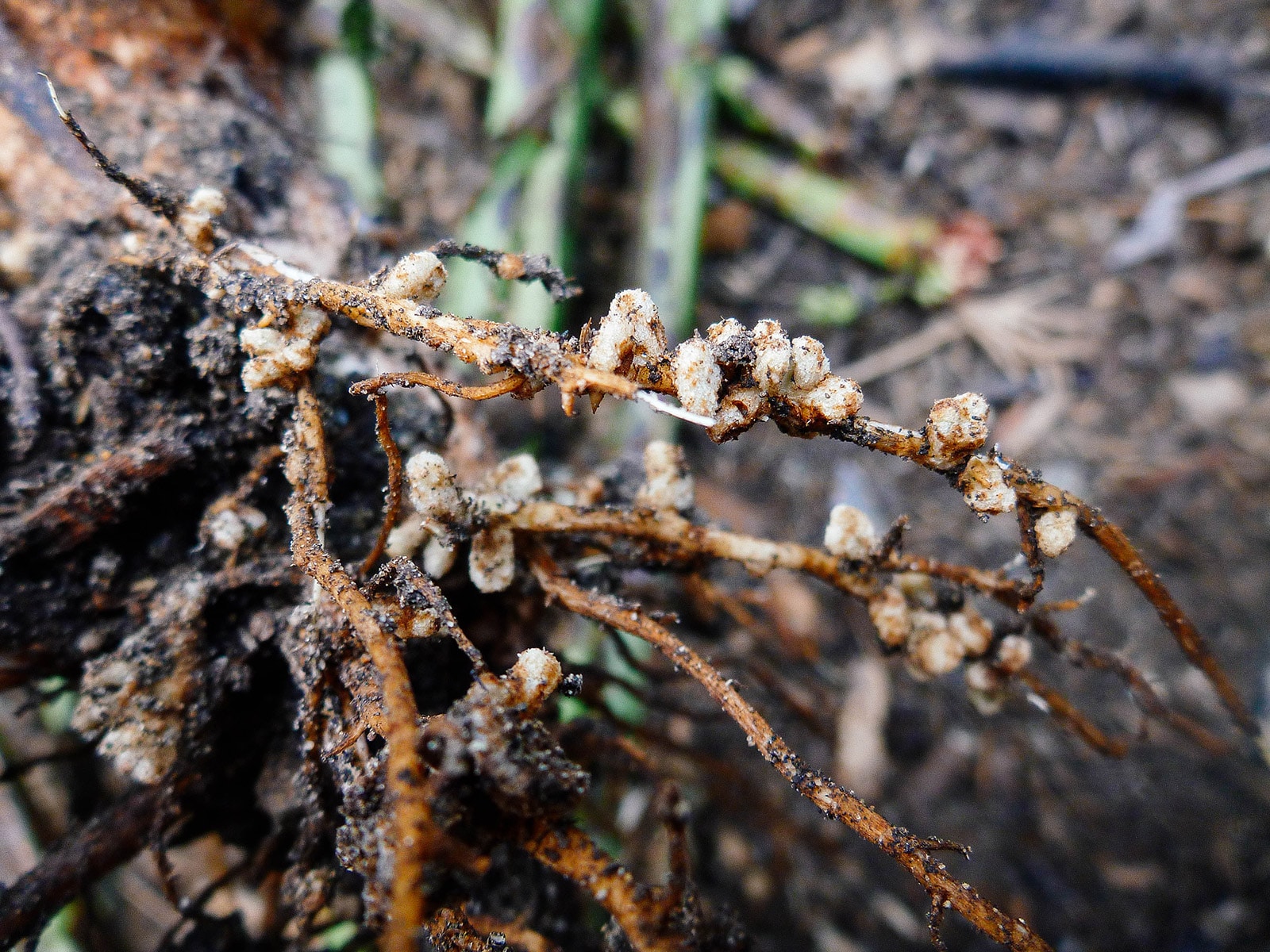
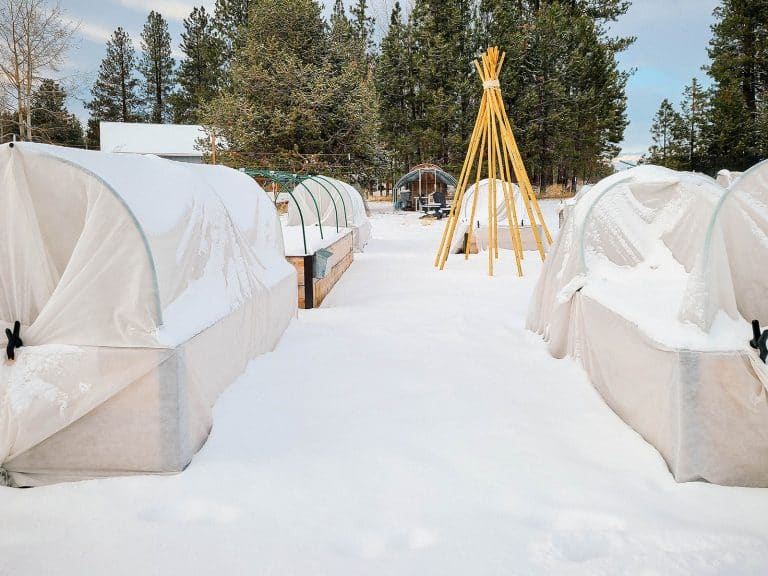
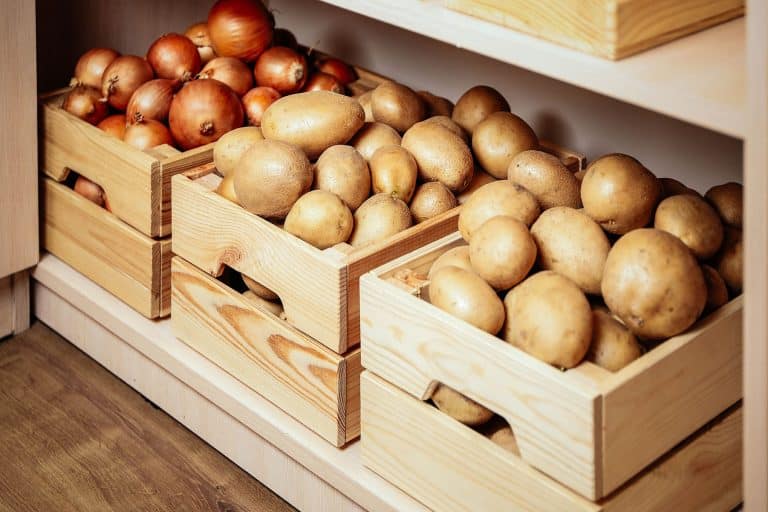
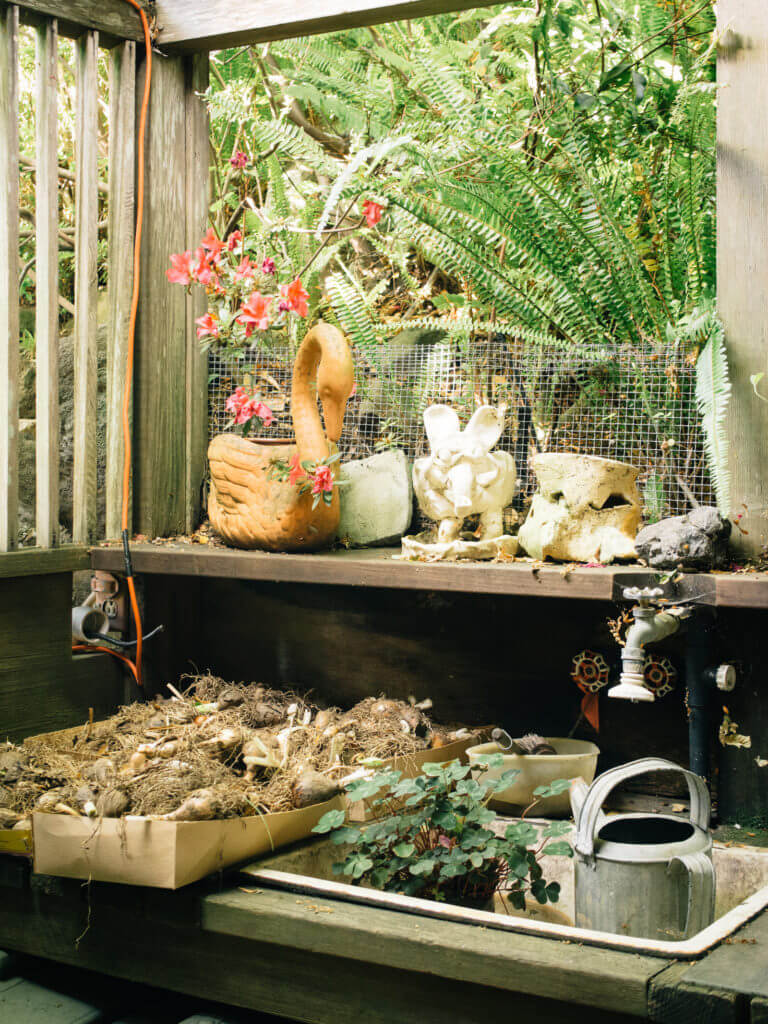
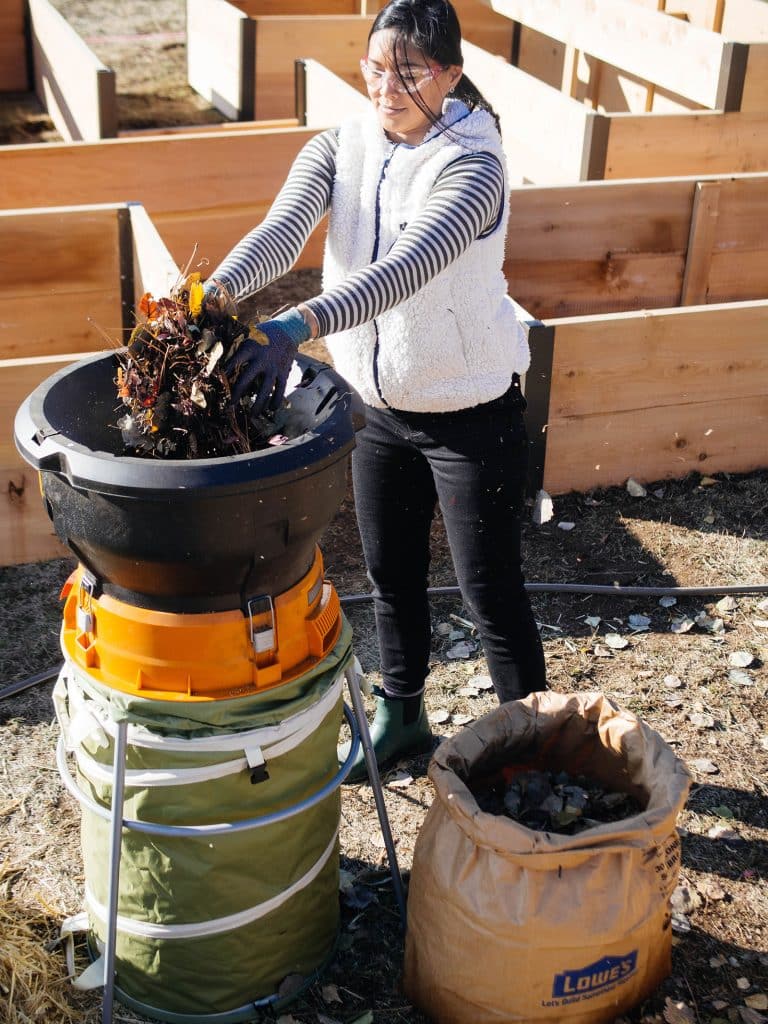
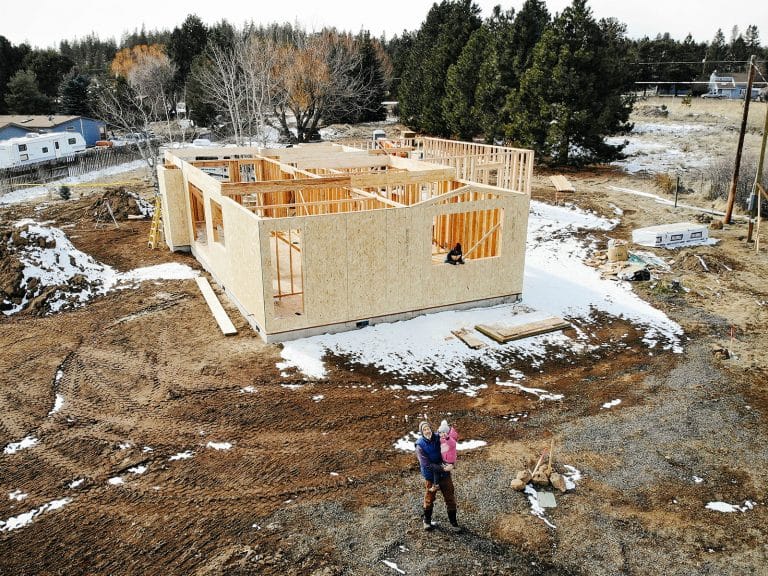
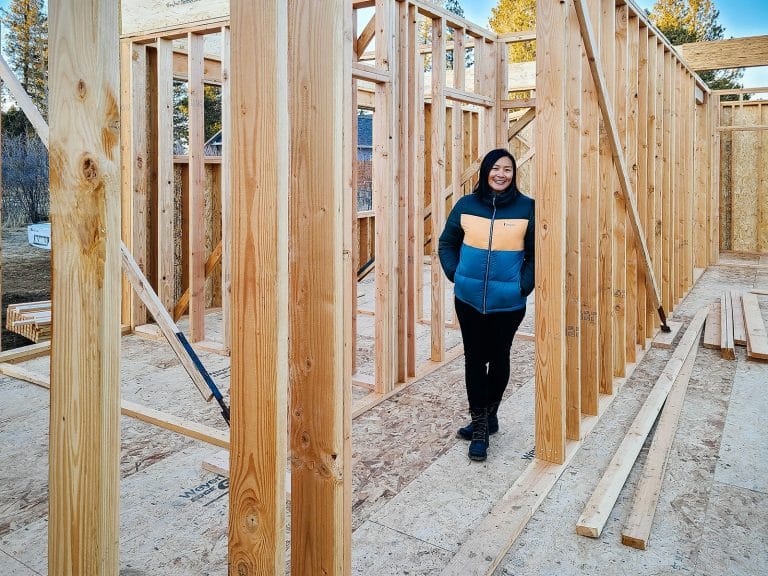
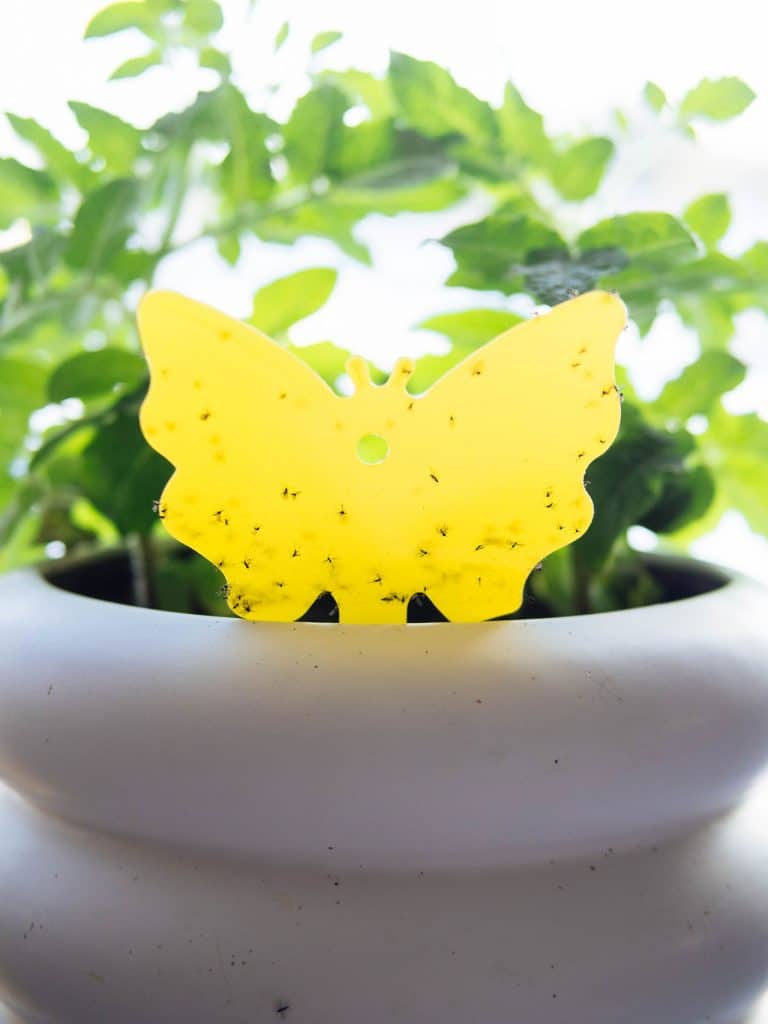
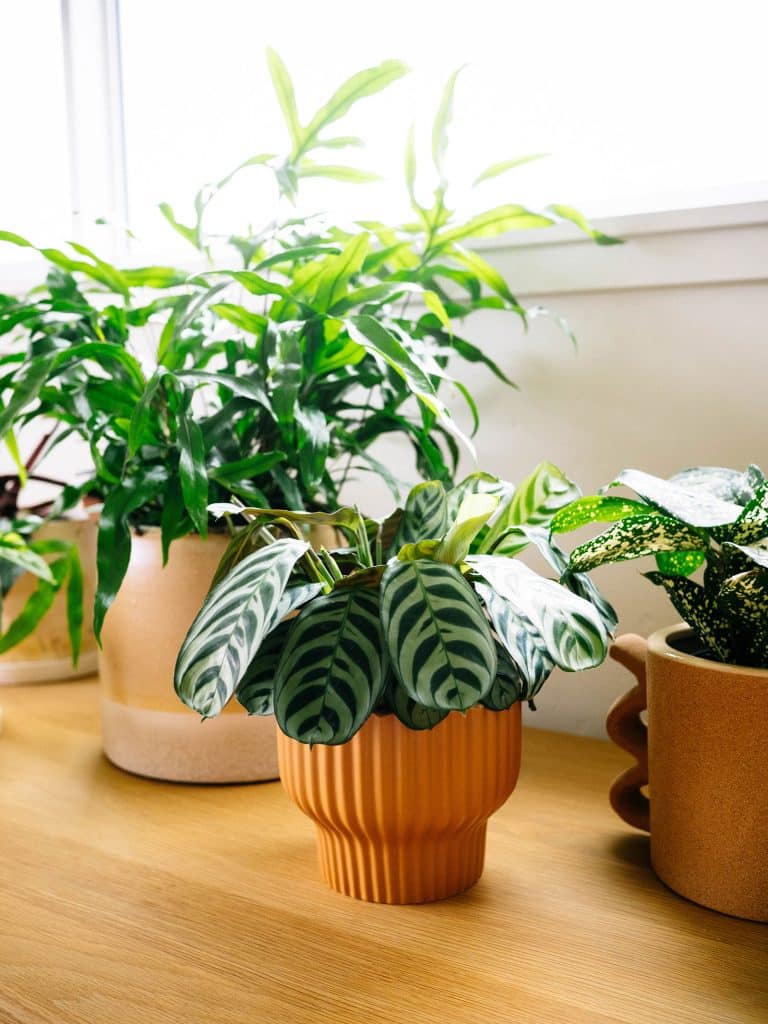
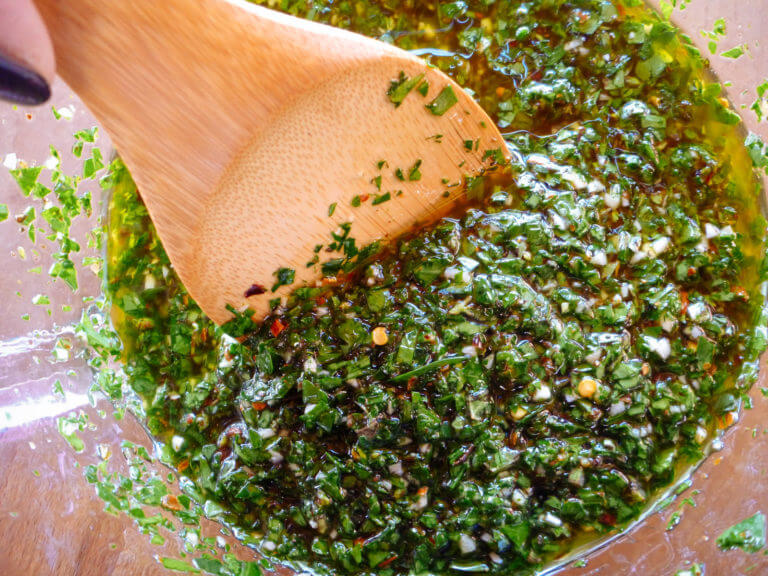
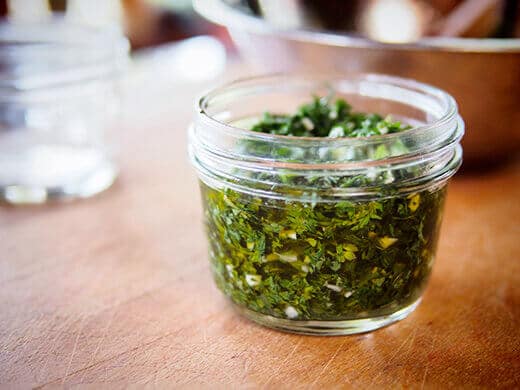
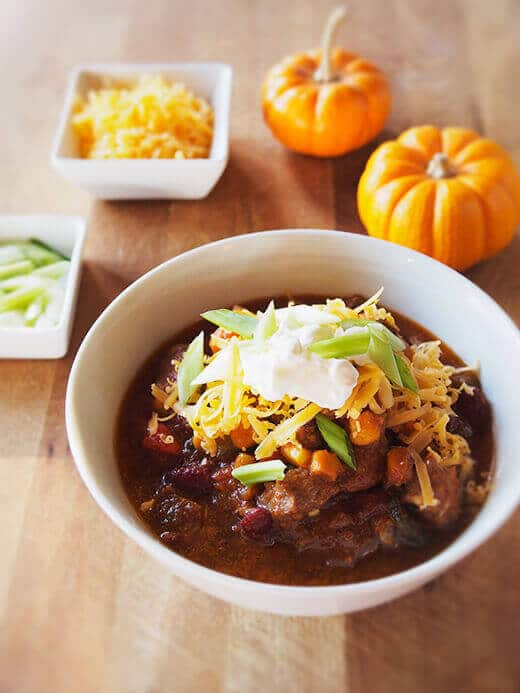
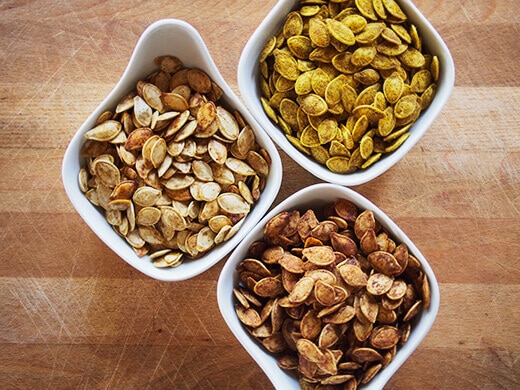

Since the fava beans are grown only for its nitrogen. I assume it should be planted in the fall and turned into the soil before planting the next spring. Is that correct?
Linda, I grow and rotate Purple Hull Peas each year in my 2 12×12 ‘raised’ gardens. (‘Raised’ as in not on stilts, just framed-in 2×8’s filled with purchased soil.) At end of season, I take down my trellises and usually pull all the plants out of the ground and put them in my rotating composter. Should I leave the roots and/or stems & leaves in the garden to decompose? I would think maybe cut the stems and leave the bean root balls in the ground to maximize the nitrogen deposit? Thanks for your insight!
Yes, leave the roots in place so they rot underground. You can also leave the stems and leaves on top of the soil as mulch to break down—it’s the best place to compost all that plant debris. (This is one of the lessons I cover in my online course, https://gardenbetty.com/course)
Interesting. Thank you! Do you rotate your crops and if so how do you determine what follows what? Thanks.
Yes I do rotate crops every season. I group them by plant families—so all alliums together, all brassicas, all nightshades, all legumes, etc. Then I move them over one bed in a clockwise fashion in my garden, every season. If you have a small garden with just a couple beds, you can rotate plant families through different sections of a bed, though that isn’t as efficient.
When and how do you incorporate the fava plant ground cover into the soil? Is it too late once they have flowered?
You’ll want to dig the plants in before they set any fruit or seed. So, shortly after flowering is okay. I just use a shovel to knock them down, break them up a bit, and plow them under the soil.
Julia Worthington-Shea liked this on Facebook.
Jun Iguchi liked this on Facebook.